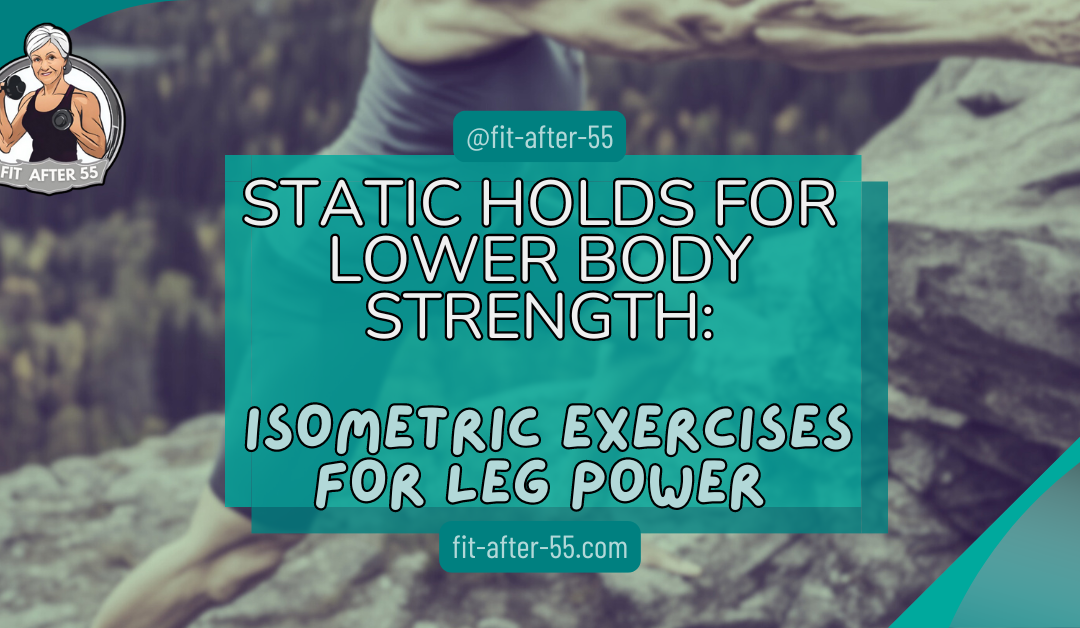Looking to boost your lower body strength without lugging around heavy weights? Amp up your leg strength with static holds! These simple yet powerful isometric exercises focus on holding a position to fire up your quads, hamstrings, glutes, and calves. Ready to feel the burn and build serious leg power? Let’s dive into some fun and effective moves that’ll have you feeling stronger in no time!
Static Holds for Lower Body Strength: Mastering Isometric Exercises for Leg Power
Static holds are a powerful way to build strength in your lower body. These exercises involve holding a position without moving, which challenges your muscles in a unique way. Static holds can improve your muscle endurance, stability, and overall strength.

You might wonder how staying still can make you stronger. When you do a static hold, your muscles work hard to keep you in place. This type of exercise can help you build strength faster than regular moves. It’s also great for fixing imbalances in your body and making your everyday movements easier.
Adding static holds to your workout can take your fitness to the next level. They’re simple to do and don’t need much space or equipment. Whether you’re new to exercise or a seasoned athlete, static holds can help you reach your goals.
Key Takeaways
- Static holds improve muscle endurance and stability without movement
- You can easily add static holds to your current workout routine
- Proper form and gradual progression are key for safe and effective static holds

The Fundamentals of Static Holds
Static holds are a powerful way to build strength and muscle endurance. They focus on keeping your muscles under tension without moving. This technique can help you improve stability and boost your lower body strength.
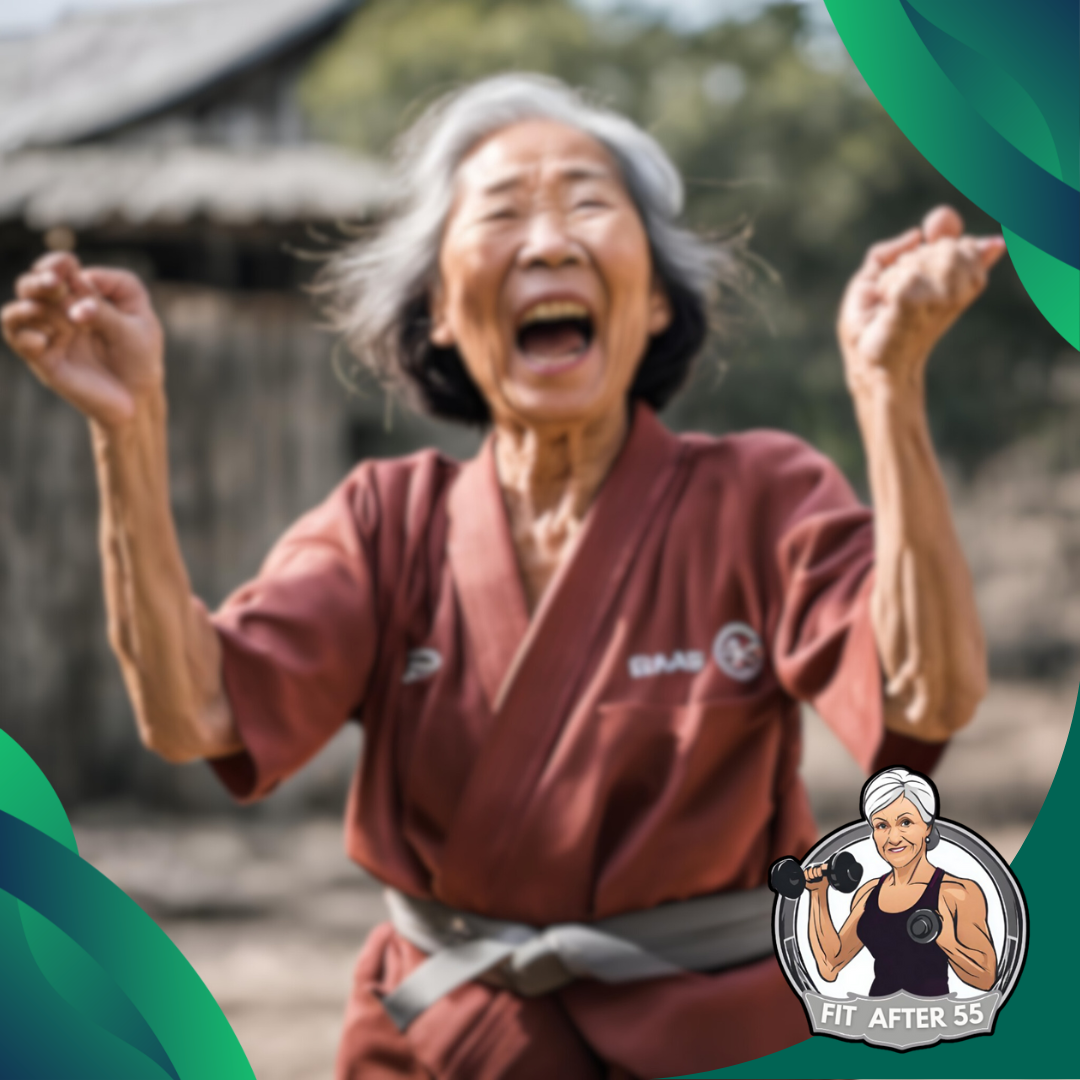
Defining Static Holds in Strength Training
Static holds involve holding a position without moving for a set time. In lower body training, this might mean holding a squat or lunge position. Your muscles work hard to keep you steady.
These holds can last from a few seconds to several minutes. The key is to maintain good form throughout the hold. This ensures you target the right muscles and avoid injury. Static holds are also called isometric exercises. They’re different from typical exercises where you move through a range of motion.
Advantages of Static Holds for Lower Body Conditioning
Static holds offer many benefits for your lower body. They can increase your muscle strength and endurance. This is especially true for the muscles you use to stabilize your body. These exercises can improve your balance and posture. They teach your body to maintain proper alignment under stress.
Static holds are often gentler on your joints than dynamic exercises. This makes them great for people with joint issues or injuries. They can also help you break through strength plateaus. By holding challenging positions, you can push your muscles in new ways.
Biomechanics of Lower Body Static Holds
In lower body static holds, your muscles work to keep your body in a fixed position. This engages multiple muscle groups at once.
For example, in a wall sit:
- Your quads work to keep your legs bent
- Your glutes help support your hips
- Your core muscles engage to keep your back straight
The longer you hold, the more your muscles fatigue. This leads to strength gains over time. Static holds also improve your mind-muscle connection. You become more aware of which muscles are working and how they feel under tension.
Key Exercises for Lower Body Static Holds

Static holds are powerful tools for building strength and stability in your lower body. These exercises challenge your muscles to maintain tension for extended periods, leading to improved endurance and muscle activation.

Wall Sits and Their Variations
Wall sits are a classic static hold exercise that targets your quadriceps, hamstrings, and calves. To perform a basic wall sit, lean against a wall with your feet shoulder-width apart and slide down until your thighs are parallel to the ground. Hold this position for 30-60 seconds.
For an added challenge, try single-leg wall sits. Lift one foot off the ground while maintaining the seated position. This variation increases the intensity and works on balance.
Another option is the wall sit with arm raises. While holding the wall sit position, slowly raise and lower your arms above your head. This engages your core and upper body while maintaining tension in your legs.
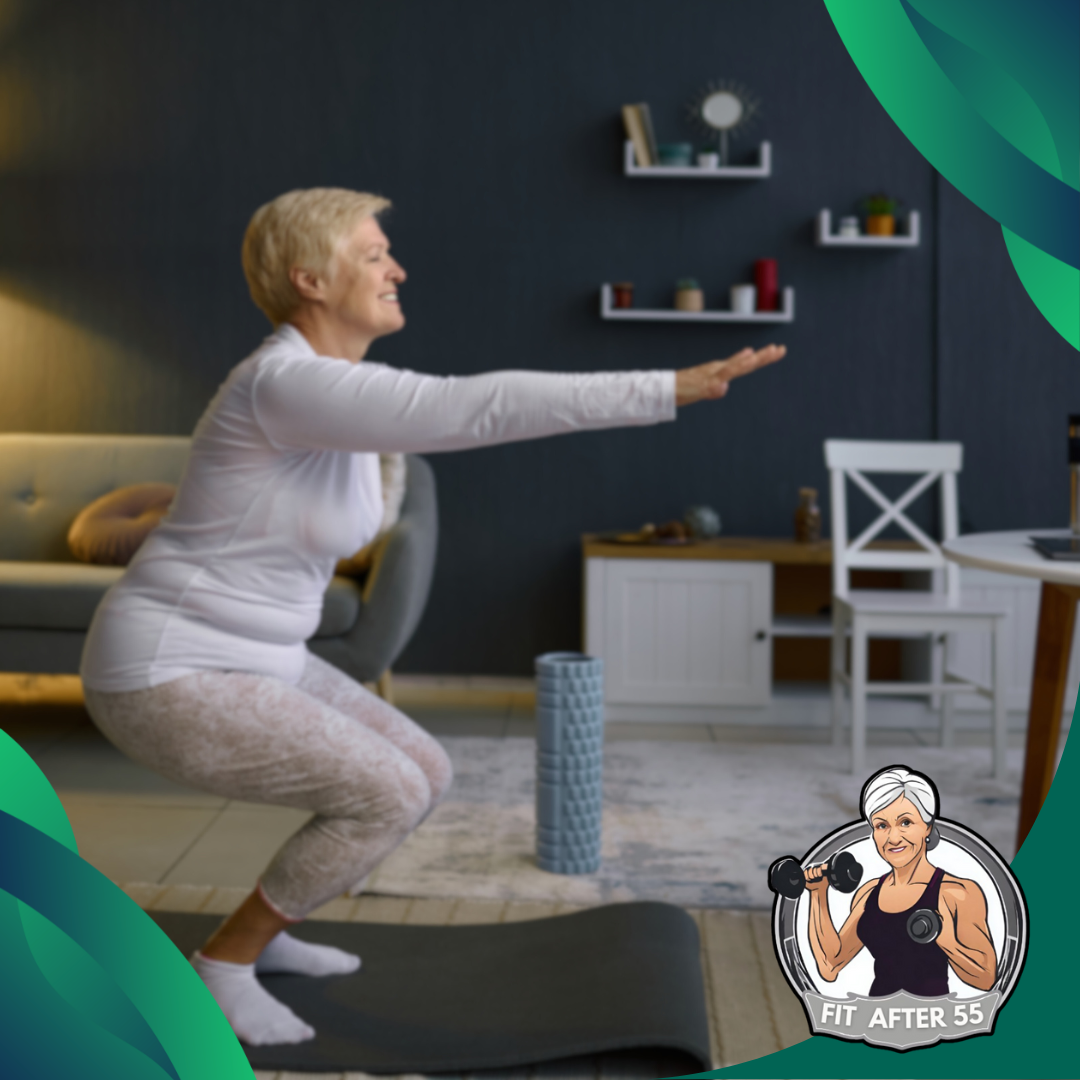
Isometric Squats for Quadriceps and Glutes
Isometric squats are excellent for building strength in your quadriceps and glutes. Start by lowering into a squat position with your thighs parallel to the ground. Hold this position for 30-60 seconds.
To increase difficulty, try pulse squats. Lower into a squat and make small up-and-down movements without fully standing up. This keeps constant tension on your muscles.
You can also perform isometric squats with added weight. Hold a dumbbell or kettlebell at chest level while maintaining the squat position. This challenges your muscles in a specific motion and builds strength.

Glute Bridges for Posterior Chain Engagement
Glute bridges target your posterior chain, including glutes, hamstrings, and lower back. Lie on your back with your knees bent and feet flat on the floor. Lift your hips until your body forms a straight line from knees to shoulders.
Hold this position for 30-60 seconds, focusing on squeezing your glutes. To increase difficulty, try single-leg glute bridges. Extend one leg straight out while lifting your hips with the other.
For an extra challenge, place a weight on your hips during the hold. This adds resistance and further engages your muscles.

Lunge Holds for Stability and Strength
Lunge holds to build strength and stability in your legs while improving balance. Step forward into a lunge position, lowering your back knee towards the ground. Hold this position for 30-60 seconds on each leg.
Try different lunge variations to target different muscle groups. A high lunge hold engages your quads more, while a low lunge works your glutes and hamstrings.
For an added balance challenge, perform a curtsy lunge hold. Cross your back leg behind your front leg and lower into a lunge position. This variation targets your outer thighs and glutes while testing your stability.
Incorporating Static Holds into Your Workout Routine
Static holds can boost your lower body strength when used strategically. Proper planning, timing, and balance with other exercises are key to getting the most benefit.
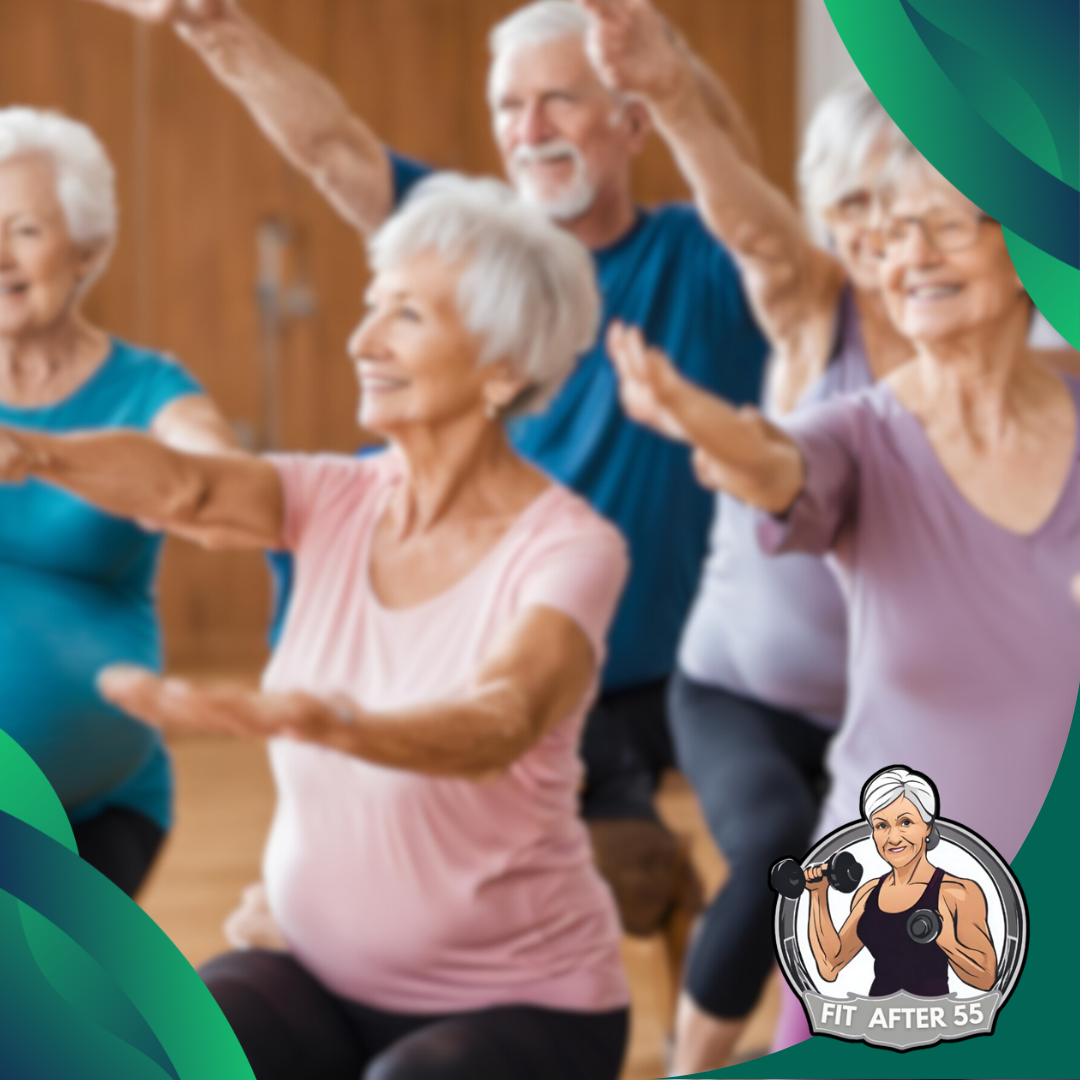
Planning Your Lower Body Workouts
Start by choosing 2-3 static hold exercises for your lower body. Good options include wall sits, squat holds, and lunge holds. Add these to your regular leg day routine. Plan to do static holds 1-2 times per week. This gives your muscles time to recover between sessions.
Place static holds at the end of your workout. Your muscles will already be warmed up and fatigued, making the holds more challenging. Consider alternating weeks between static holds and dynamic exercises. This variation can prevent boredom and target muscles differently.
Timing and Duration of Static Holds
Aim for 3-5 sets of each static hold exercise. Start with shorter holds and gradually increase duration as you get stronger. Begin with 20-30 second holds. Over time, work up to 60-90 seconds per hold.
Rest for 30-60 seconds between sets. This allows partial recovery without cooling down completely. Use a timer to track your hold durations accurately. This helps ensure you’re progressively overloading your muscles.
Balancing Static and Dynamic Exercises
Combine static holds with dynamic lower body exercises for a well-rounded workout. For example, do squats followed by squat holds. Try a 2:1 ratio of dynamic to static exercises. This maintains movement while still incorporating the benefits of static training.
Use static holds to improve form in dynamic exercises. For instance, holding a squat position can help you feel proper alignment. Alternate static and dynamic exercises within a workout. This keeps your muscles guessing and can boost overall endurance.
Consider using static holds as active rest between sets of dynamic exercises. This maximizes your workout time and challenges your muscles differently.
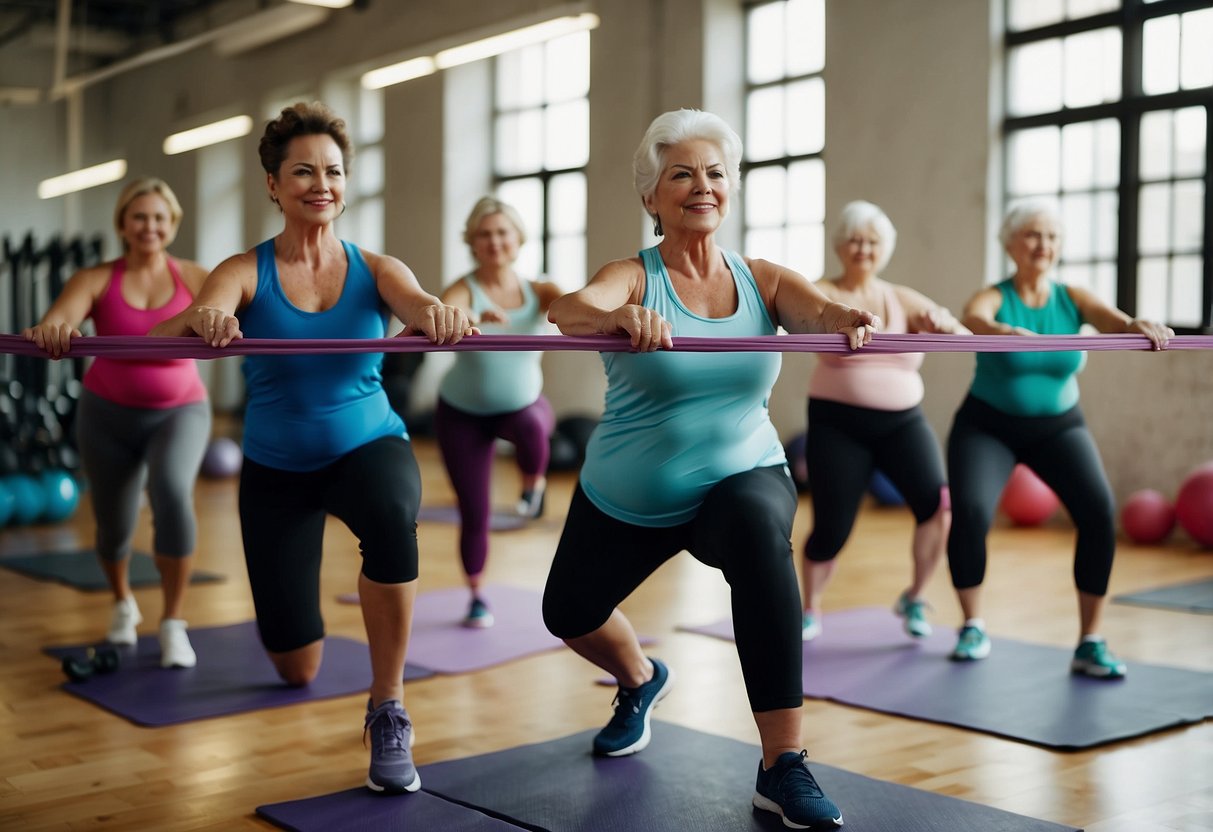
Safety and Injury Prevention
Static holds can be safe and effective for building lower body strength. You need to follow proper techniques and take precautions to avoid injuries and get the most benefit.

Proper Form and Technique
Maintain correct posture during static holds. Keep your back straight and core engaged. For leg exercises like wall sits, make sure your knees are at a 90-degree angle. Don’t lock your joints.
Pay attention to your breathing. Take slow, deep breaths to supply oxygen to your muscles. Avoid holding your breath, which can raise blood pressure. Use a mirror or ask a friend to check your form. Small adjustments can make a big difference in preventing injuries.
Avoiding Overtraining and Muscle Fatigue
Start with shorter hold times and gradually increase duration. Aim for 3-4 static hold sessions per week with rest days in between. Listen to your body. Stop if you feel sharp pain or excessive fatigue. Soreness is normal, but pain isn’t.
Vary your routine. Don’t do the same static holds every day. Mix in different exercises to work all muscle groups evenly. Stay hydrated and eat a balanced diet to support muscle recovery. Proper nutrition helps prevent fatigue and injury.
Warm-Up and Cool-Down Considerations
Always warm up before static holds. Do 5-10 minutes of light cardio like jogging or jumping jacks. This raises your body temperature and prepares muscles for exercise. Do dynamic stretches to improve flexibility. Leg swings and walking lunges are good options for the lower body.
After your workout, cool down with gentle stretches. Hold each stretch for 15-30 seconds. This helps reduce muscle soreness and stiffness. Foam rolling can also aid recovery. Spend a few minutes rolling out your legs, focusing on any tight areas.
Progression Strategies for Static Holds

Static holds can be made more challenging in several ways. You can increase the time you hold a position, add weights, or try different variations. These methods help you keep getting stronger over time.
Increasing Hold Duration for Endurance
Start by timing your static holds. Aim to hold each position for 10-30 seconds. As you get stronger, try to add 5-10 seconds to your hold time each week. Keep a log of your progress. This will help you see how you’re improving over time.
For example, if you’re doing a wall sit, start with 30 seconds. Try to increase this to 35 seconds the next week, then 40 seconds the week after. Remember to maintain good form as you increase your hold time. It’s better to hold for a shorter time with perfect form than longer with poor form.
Adding Weights to Enhance Intensity
Once you can hold a position for 60 seconds or more, it’s time to add weight. This increases the challenge and helps build more strength. For lower body holds like wall sits, hold a dumbbell or weight plate on your lap. Start with a lightweight, about 5-10% of your body weight.
You can also wear a weighted vest for exercises like static lunges or squats. This adds resistance while keeping your hands free. Increase the weight gradually. Add 2-5 pounds each week, or when you can hold the position for 30 seconds or more with good form.
Utilizing Variations for Continued Progress
Different variations of static holds can target your muscles in new ways. This helps prevent plateaus and keeps your workouts interesting.
For squats, try different positions:
- Partial squat hold (thighs parallel to the ground)
- Deep squat hold (as low as you can go)
- Single-leg squat hold
For lunges, you can do:
- Front lunge hold
- Back lunge hold
- Side lunge hold
Change your foot position too. A wider stance works your inner thighs more, while a narrower stance targets your quads. Try these variations for 2-3 weeks before moving to a new one. This gives your body time to adapt and get stronger.
Nutrition and Recovery
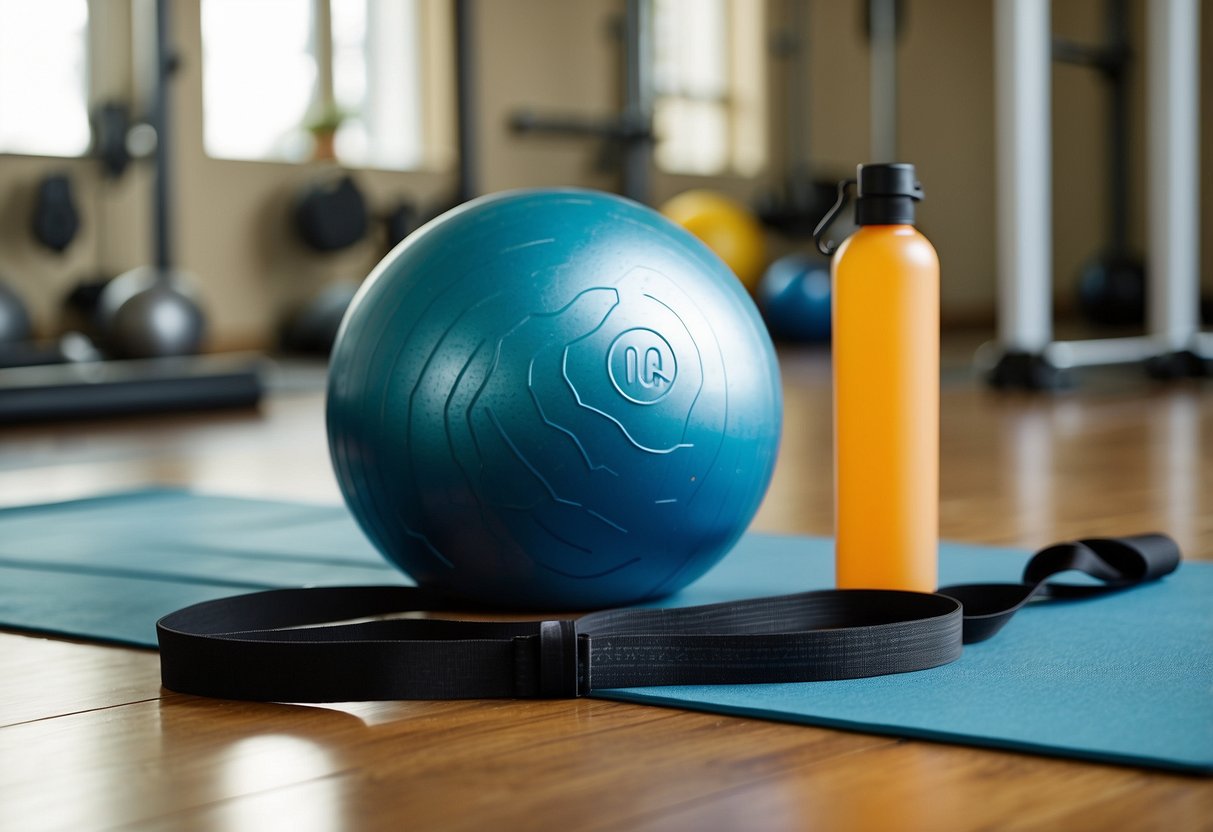
Good nutrition and recovery habits are crucial for building lower body strength with static holds. The right diet, hydration, sleep, and recovery techniques can boost your gains.
Dietary Recommendations for Strength Building
To support your static hold workouts, focus on protein-rich foods. Aim for 1.6 to 2.2 grams of protein per kilogram of body weight daily. This helps repair and build muscle tissue. Include complex carbohydrates like whole grains, fruits, and vegetables. These provide energy for intense static holds.
Don’t forget healthy fats from sources like avocados, nuts, and olive oil. They aid in hormone production and joint health. Timing matters, too. Eat a meal with carbs and protein 2-3 hours before your workout. Have a protein shake or snack within 30 minutes after exercising.
Importance of Hydration and Sleep
Proper hydration is key for static hold performance. Drink water throughout the day, not just during workouts. Aim for at least eight glasses daily. During longer static hold sessions, consider a sports drink to replace electrolytes.
Sleep is when your body repairs itself. Aim for 7-9 hours of quality sleep each night. This helps muscle recovery and strength gains. Create a bedtime routine. Avoid screens before bed. Keep your room cool and dark for better sleep quality.
Recovery Techniques for Lower Body Training
Active recovery is important after static hold workouts. Try light walking or cycling on rest days. This increases blood flow to sore muscles. Stretch gently after your workouts. Hold each stretch for 15-30 seconds. Focus on your quads, hamstrings, and calves.
Foam rolling can help reduce muscle soreness. Roll each muscle group for 30-60 seconds. Consider a sports massage once a month. This can help with muscle recovery and flexibility.
Ice baths or contrast therapy (alternating hot and cold) may speed up recovery. Try these methods for 10-15 minutes after intense workouts.

Fun Fact
Did You Know? Static Holds Build Mental Toughness, Too! Holding a position for an extended time isn’t just about muscle strength—it’s also a serious mental workout. When you’re deep in a wall sit or holding a plank, it takes more than just physical endurance to push through the burn; it takes focus, determination, and mental grit. Static holds challenge you to stay calm and centered despite discomfort, helping to sharpen your concentration, boost your discipline, and build mental resilience. Over time, this mental training can carry over to other aspects of life, helping you stay strong and composed under pressure.
Leg Power Boost: Isometric Exercises for Stronger Lower Body
Static holds are a fantastic way to build lower body strength and stability without relying on heavy weights or complicated movements. These exercises focus on holding a specific position—like a wall sit or a squat—for a set period, engaging multiple muscle groups at once. They’re not only simple and effective but also perfect for adding variety to your workout routine and challenging your muscles in a new way. Plus, they’re great for improving balance and endurance, making them a must-try for anyone looking to level up their leg day!
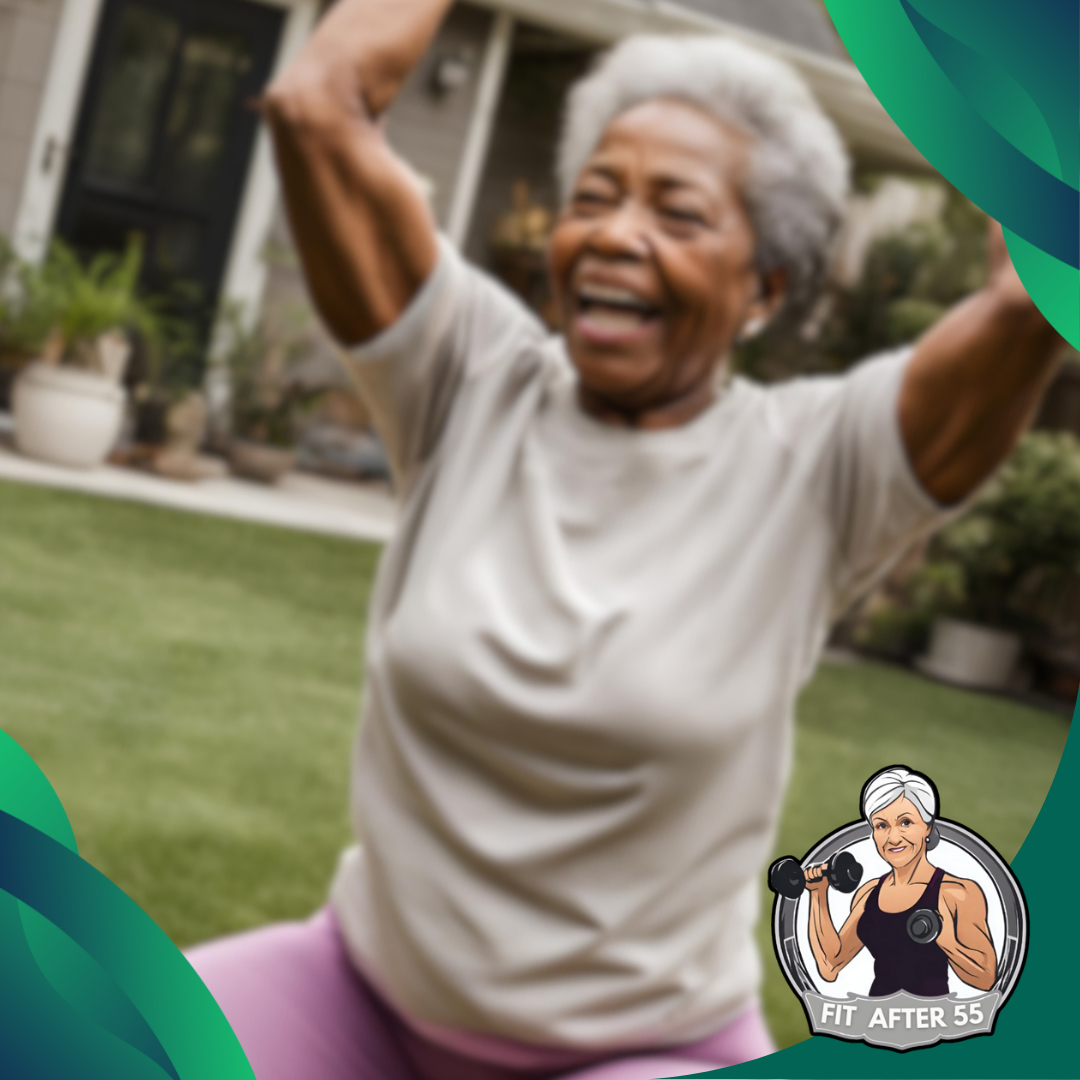
So, why not give static holds a shot? Start adding these isometric exercises to your fitness plan and feel the burn as your quads, hamstrings, glutes, and calves get stronger and more toned. All you need is a timer and a bit of space to get started—no fancy equipment is required!
Are you ready to push your limits? Set a goal, find a sturdy wall or a flat surface, and see how long you can hold that wall sit, squat, or lunge. We’d love to hear how it goes! Share your progress, triumphs, and even your struggles with us—we’re here to support and cheer you on every step of the way!
Share your favorite static hold exercises and tips with our community. Let’s inspire each other to stay active and healthy.
Frequently Asked Questions
Static holds offer unique benefits for lower body strength. They can be done with various equipment or just bodyweight. Let’s explore some common questions about incorporating static holds into your leg workouts.
What are the benefits of incorporating static holds into lower-body workouts?
Static holds build muscle and improve mind-muscle connection. They increase time under tension, leading to greater strength gains. Static holds also enhance stability and core engagement. Your muscles work hard to maintain position during holds. This improves endurance and boosts overall lower body strength.
How can dumbbells be effectively used in static holds for strengthening the lower body?
Dumbbells are versatile tools for static lower-body holds. You can use them for weighted wall sits to target your quads. Hold dumbbells at your sides during static lunges to challenge balance and leg strength. Try a double dumbbell side hold to work your obliques and legs simultaneously. This exercise improves core stability while strengthening your lower body.
Can static strength exercises be performed effectively at home, and if so, how?
Yes, you can do static holds at home with little to no equipment. Wall sits are an excellent option that only requires a flat wall. Hold a squat position to strengthen your quads, glutes, and calves. Single-leg stands to improve balance and ankle strength. Try holding a lunge position to target multiple leg muscles at once.
What are some examples of isometric exercises for the lower body?
Squats and wall sits are classic lower-body isometric exercises. Hold the bottom position of a squat to challenge your legs and core. Single-leg balances work your stabilizing muscles. Glute bridges with a hold at the top target your posterior chain.
How does isometric training contribute to lower body strength development?
Isometric training increases muscle fiber recruitment. It improves your ability to generate force without movement. This translates to better strength in dynamic exercises. Static holds enhance time under tension, promoting muscle growth. They also improve joint stability and reduce injury risk.
What are effective static hold exercises for targeting calf muscles?
Single-leg calf raises with a hold at the top effectively target your calves. Stand on the edge of a step for an increased range of motion. Wall calf holds work well, too. Press your toes against a wall and lean forward, holding the stretch in your calves.
Join Us on a Fitness Journey!
Looking for a little extra motivation to stay active? Our Facebook page is packed with fitness tips, workout routines, and helpful advice tailored for those 55 and up. Come be a part of our energetic and supportive community, where we focus on staying fit, healthy, and joyful.
Connect with like-minded individuals, share your progress, and draw inspiration to keep moving and feeling great. Let’s take this fitness journey together and thrive at every stage of life!

